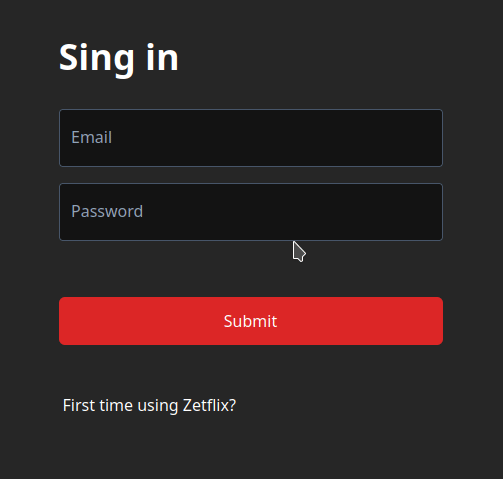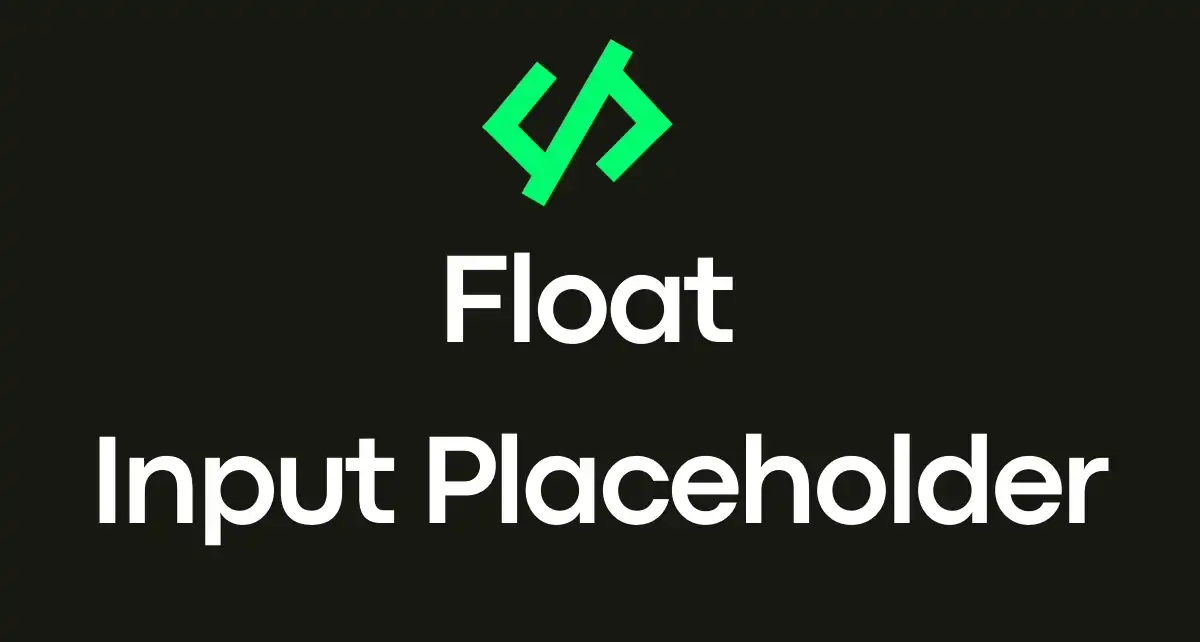Float Input Placeholder Example With Tailwind CSS
Learn how to enhance your forms with float placeholders using Tailwind CSS. This guide provides a clear example of implementing float placeholders in both HTML and React, showcasing practical code snippets and styling techniques for a sleek, user-friendly interface.
If you want to add a little more visuality to our input, we can use float placeholder. Here is an example written with Tailwind CSS.
 float input placeholder example with tailwind css gif
float input placeholder example with tailwind css gif
1
2
3
4
5
6
7
8
9
10
11
12
13
14
<div class="relative">
<input
id="password"
type="password"
placeholder=""
class="peer bg-black bg-opacity-50 px-4 pt-6 pb-2 w-full rounded border border-slate-600 text-white focus:ring-2 focus:ring-white outline-none invalid:border-red-500"
/>
<label
for="password"
class="absolute text-slate-400 left-3 scale-75 top-2 peer-placeholder-shown:scale-100 peer-placeholder-shown:top-4 peer-focus:scale-75 peer-focus:top-2 duration-300"
>
Password
</label>
</div>
If you want to use it in React, there is an example usage below.
1
2
3
4
5
6
7
8
9
10
11
12
13
14
15
16
17
18
19
20
21
22
23
24
25
26
import { ComponentPropsWithoutRef } from "react";
type InputProps = ComponentPropsWithoutRef<"input"> & {
label: string;
};
function Input({ label, type }: InputProps) {
return (
<div className="relative">
<input
id={label}
type={type}
placeholder=""
className="peer bg-black bg-opacity-50 px-4 pt-6 pb-2 w-full rounded border border-slate-600 text-white focus:ring-2 focus:ring-white outline-none invalid:border-red-500"
/>
<label
htmlFor={label}
className="absolute text-slate-400 left-3 scale-75 top-2 peer-placeholder-shown:scale-100 peer-placeholder-shown:top-4 peer-focus:scale-75 peer-focus:top-2 duration-300"
>
{label}
</label>
</div>
);
}
export default Input;
This post is licensed under CC BY 4.0 by the author.

Comments powered by Disqus.